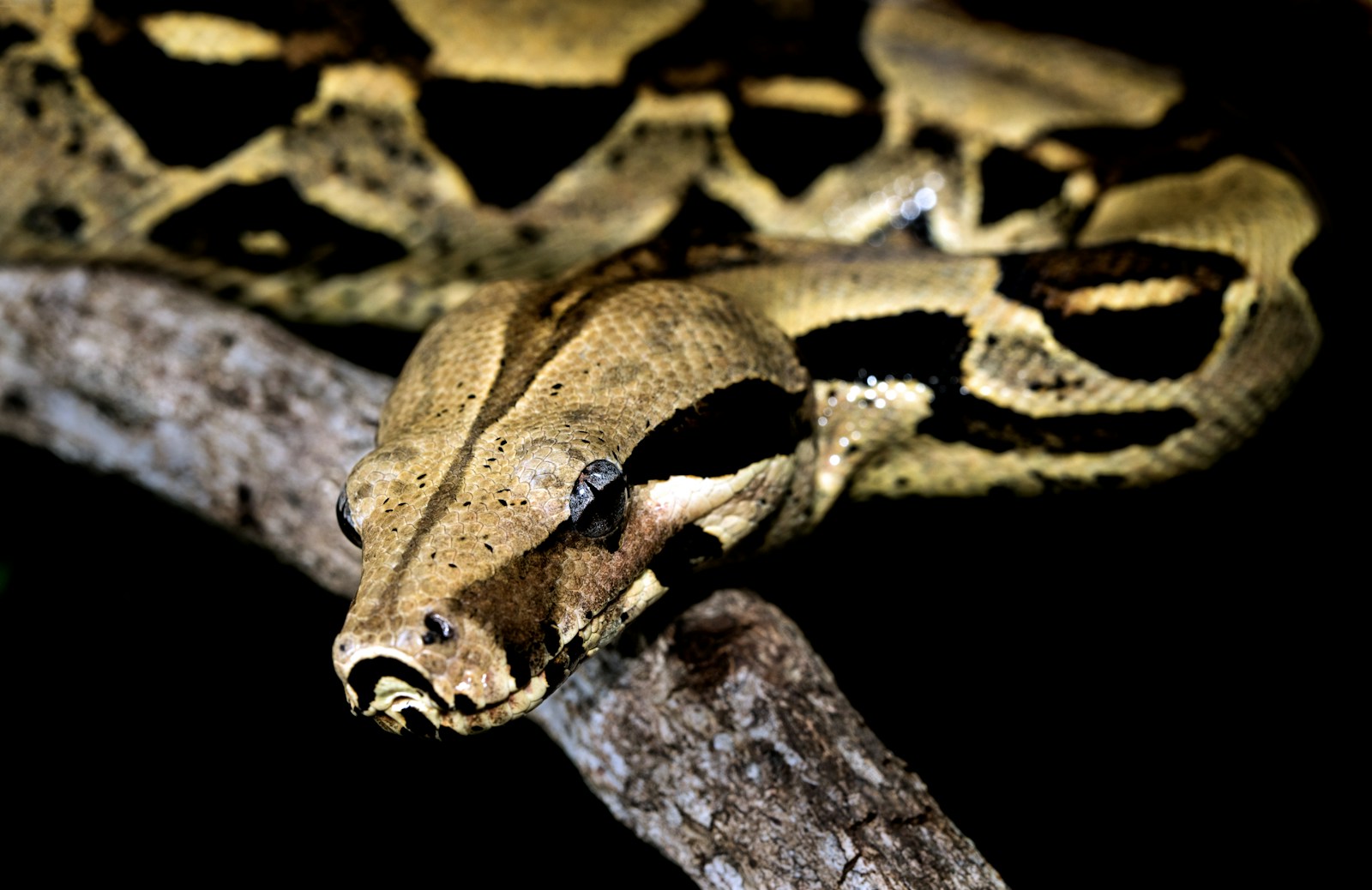The natural world is full of remarkable transformations, but few are as striking as the color changes that occur in certain non-venomous snakes as they mature. From vibrant juveniles to subdued adults, these serpents undergo dramatic shifts in their appearance that can perplex even experienced herpetologists. Unlike the seasonal color changes seen in some animals, these alterations are permanent developmental processes tied to the snake’s life stage. This fascinating phenomenon serves various ecological and evolutionary purposes, helping these reptiles adapt and survive as their needs and environments change throughout their lifespan. Understanding why and how these color changes occur provides valuable insights into snake biology and the intricate evolutionary adaptations that have allowed these animals to thrive for millions of years.
The Biological Mechanisms Behind Snake Color Changes
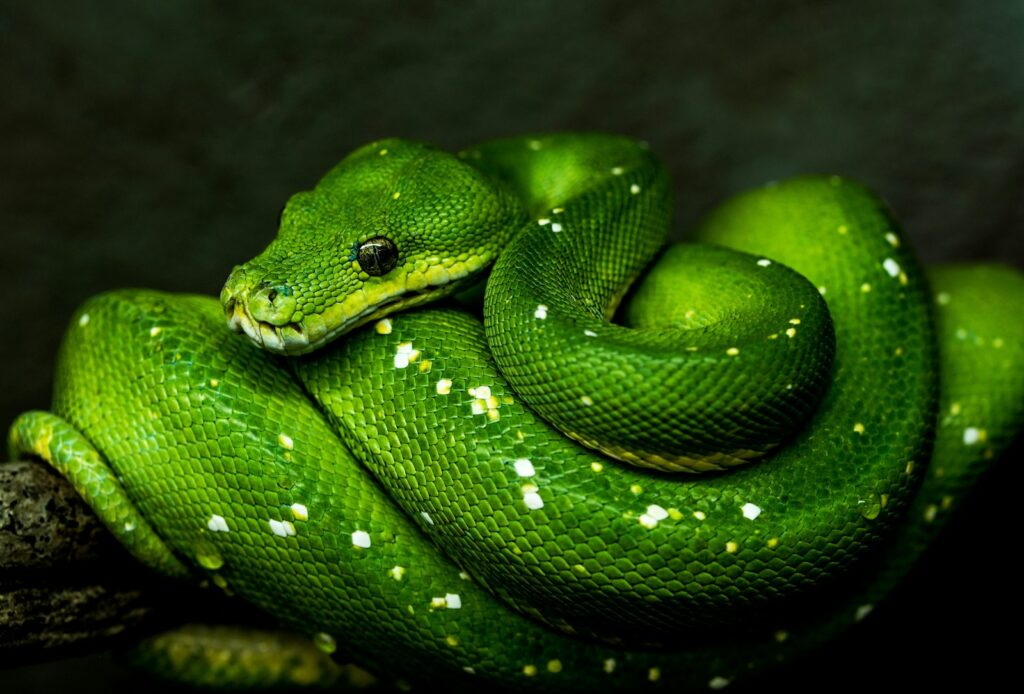
At the heart of ontogenetic color change in snakes lies a complex interplay of cells called chromatophores, which are specialized for producing and displaying different pigments. These cells develop and activate differently as a snake matures, causing shifts in the reptile’s overall coloration and pattern. Melanophores, which produce black and brown pigments, often increase in density or activity as snakes age, resulting in darker adult colorations. Other chromatophores, like xanthophores (yellow) and erythrophores (red), may decrease in prominence, leading to the fading of bright juvenile colors. Hormonal changes triggered by sexual maturation play a significant role in regulating these cellular changes, essentially reprogramming the snake’s color-producing mechanisms as it transitions to adulthood.
The Yellow Rat Snake’s Dramatic Transformation
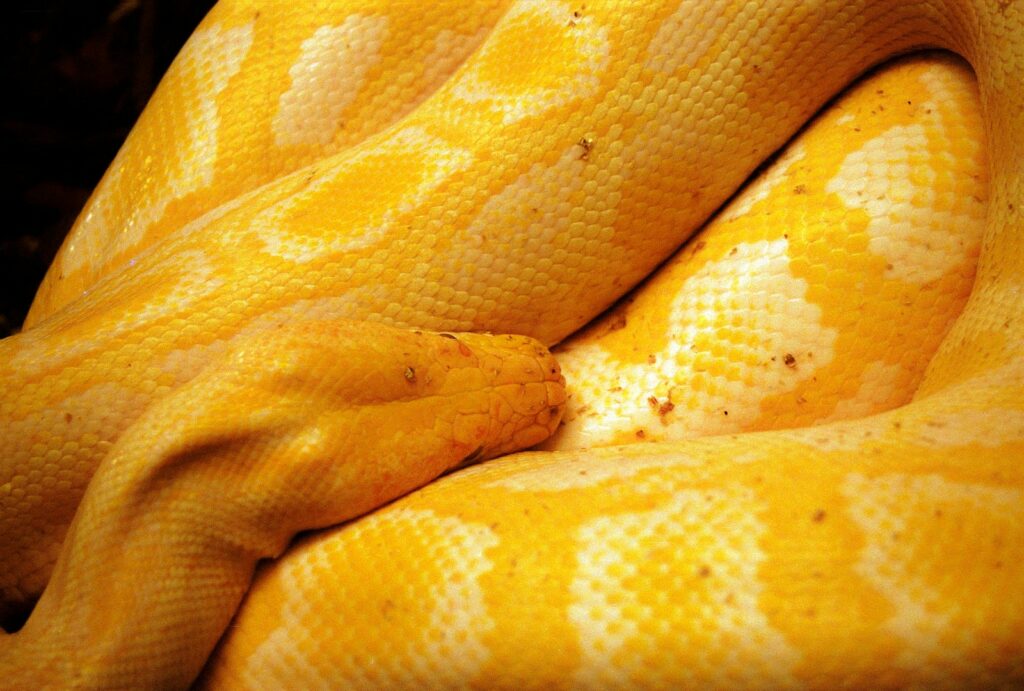
One of the most striking examples of ontogenetic color change occurs in the Yellow Rat Snake (Pantherophis alleghaniensis), which undergoes a remarkable transformation from juvenile to adult. Young Yellow Rat Snakes display a distinctive pattern of dark brown or gray blotches against a light gray background, making them appear entirely different from adults of the same species. As they mature, this juvenile pattern gradually gives way to the characteristic yellow coloration with four dark stripes running the length of the body that gives the adult its name. This transformation typically completes between two and three years of age, though the timing can vary based on growth rate and environmental factors. The dramatic nature of this change has historically led to confusion, with juveniles sometimes being misidentified as different species altogether.
Predator Avoidance Through Mimicry
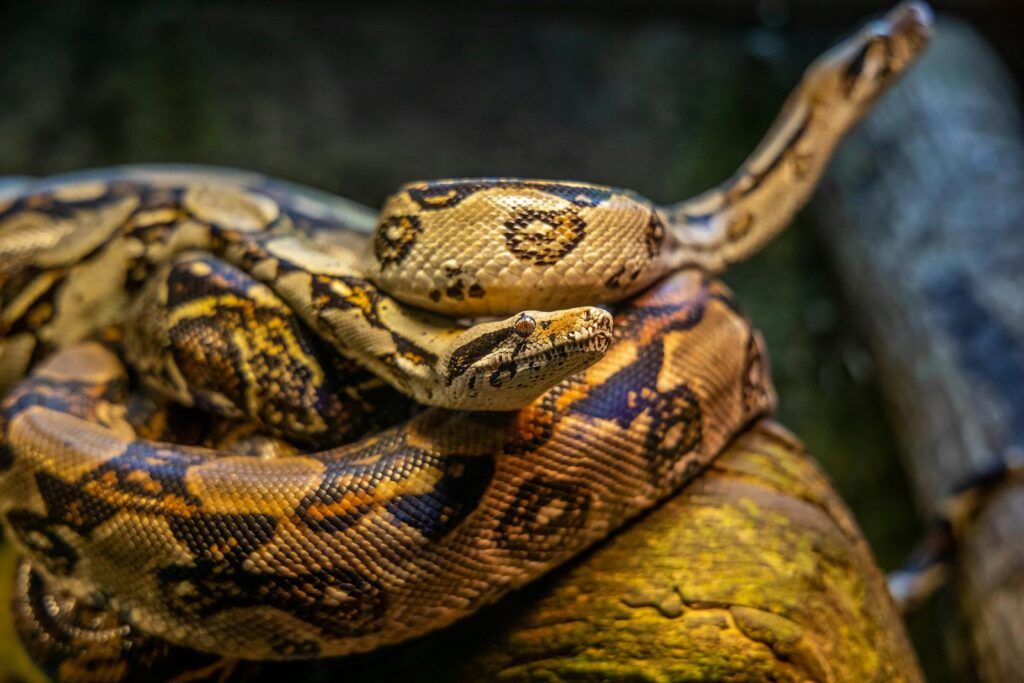
One of the most fascinating reasons behind ontogenetic color change is mimicry, where juvenile snakes evolve to resemble dangerous species for protection. Many harmless juvenile snakes possess vibrant patterns and colors that closely resemble venomous species sharing their habitat, providing a powerful deterrent against predators. The North American Gray Ratsnake, for example, displays a pattern in its youth that bears a striking resemblance to the venomous Copperhead, potentially fooling predators into avoiding it. As these non-venomous snakes grow larger and develop other defense mechanisms, this mimicry becomes less necessary, allowing their color to shift toward more cryptic adult patterns. This evolutionary strategy gives vulnerable juveniles critical protection during the most dangerous period of their lives, when they lack the size and strength of adults.
Different Habitats, Different Camouflage Needs
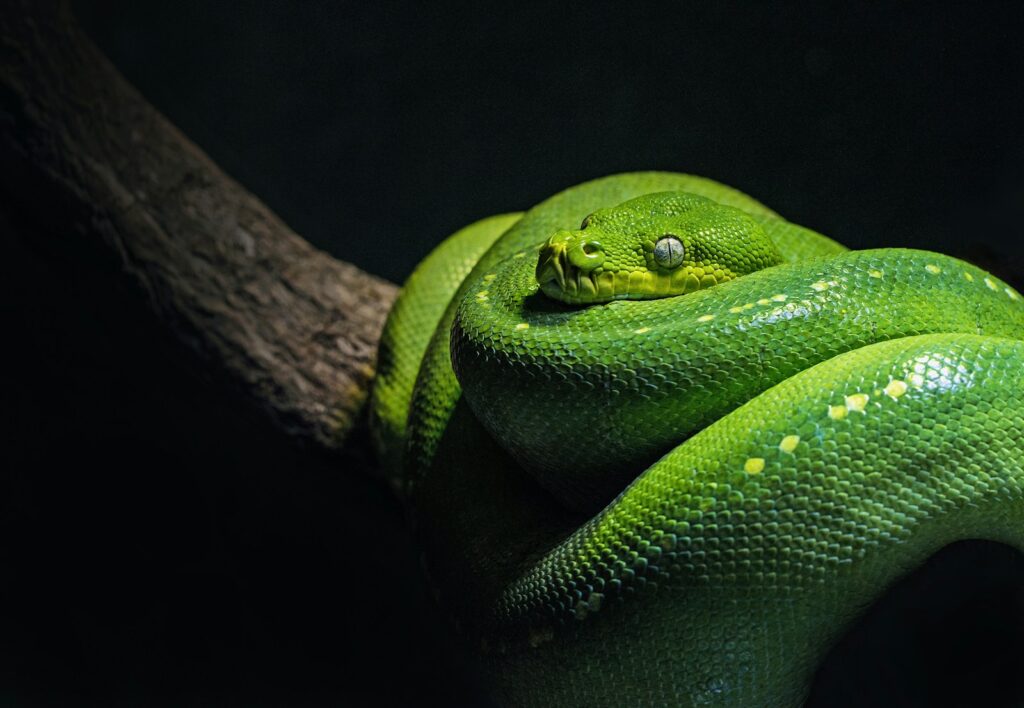
Another significant factor driving color changes in maturing snakes is the shift in habitat preferences that often occurs as snakes age. Juvenile snakes frequently occupy different microhabitats than adults, necessitating different camouflage strategies for each life stage. For example, young Green Tree Pythons (Morelia viridis) are typically bright yellow or red, colors that blend remarkably well with the dappled sunlight of the forest floor where they primarily hunt. As they mature and move into the canopy, they transform to their namesake green coloration, which provides superior camouflage among the leaves and branches. This adaptation allows the species to exploit different ecological niches throughout its lifetime, reducing competition between age groups while maintaining effective predator avoidance at each stage.
The Gray Ratsnake’s Gradual Transformation
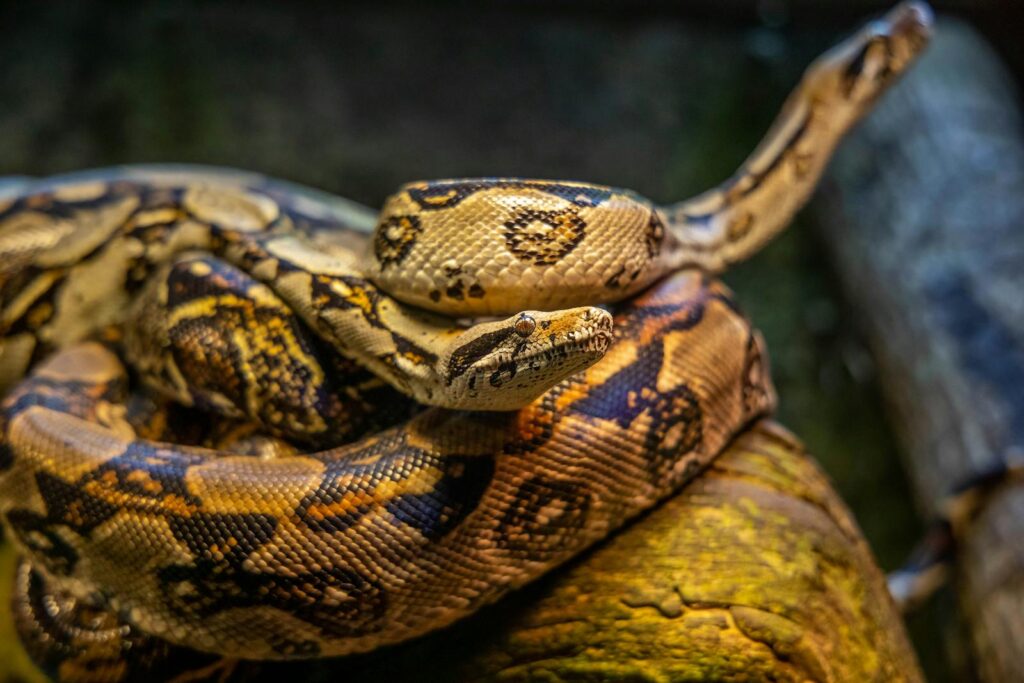
The Gray Ratsnake (Pantherophis spiloides) demonstrates one of the more gradual and subtle ontogenetic color changes among North American snake species. Hatchlings emerge with a bold pattern of dark brown or black blotches against a light gray background, creating a high-contrast appearance that resembles several venomous species. As they age, this pattern slowly fades, with adults typically displaying a uniform gray or black coloration with only hints of the juvenile pattern remaining on their flanks. This transformation occurs over several years, with snakes typically reaching their adult coloration between their third and fifth years. The change correlates with the snake’s shift from primarily ground-dwelling as juveniles to becoming more arboreal as adults, reflecting their changing camouflage needs.
Hunting Advantages of Color Change
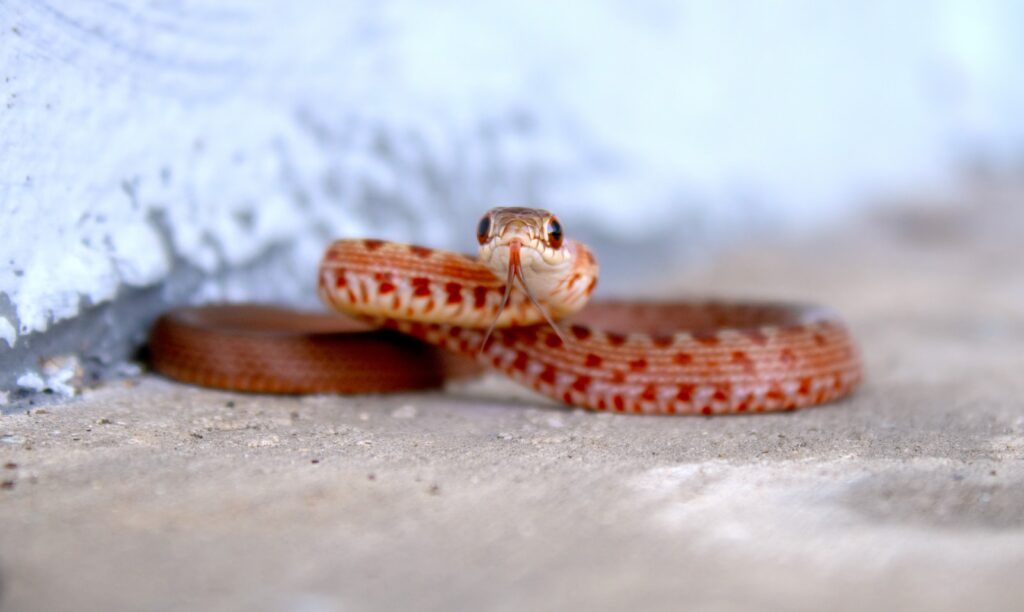
The hunting strategies of many snake species shift dramatically as they age, and their color changes often reflect these new approaches to securing prey. Juvenile snakes frequently rely on sit-and-wait ambush tactics where their bold patterns help them blend into complex ground environments with fallen leaves and debris. As they grow larger and stronger, many species transition to more active hunting methods where their adult coloration provides better camouflage during movement. The Pine Snake (Pituophis melanoleucus), for instance, shifts from a bold-patterned juvenile to a more uniformly colored adult as it transitions from ambushing small rodents to actively raiding rodent burrows. This evolutionary adaptation ensures optimal hunting success throughout the snake’s life, even as its prey preferences and hunting capabilities evolve.
Temperature Regulation Benefits
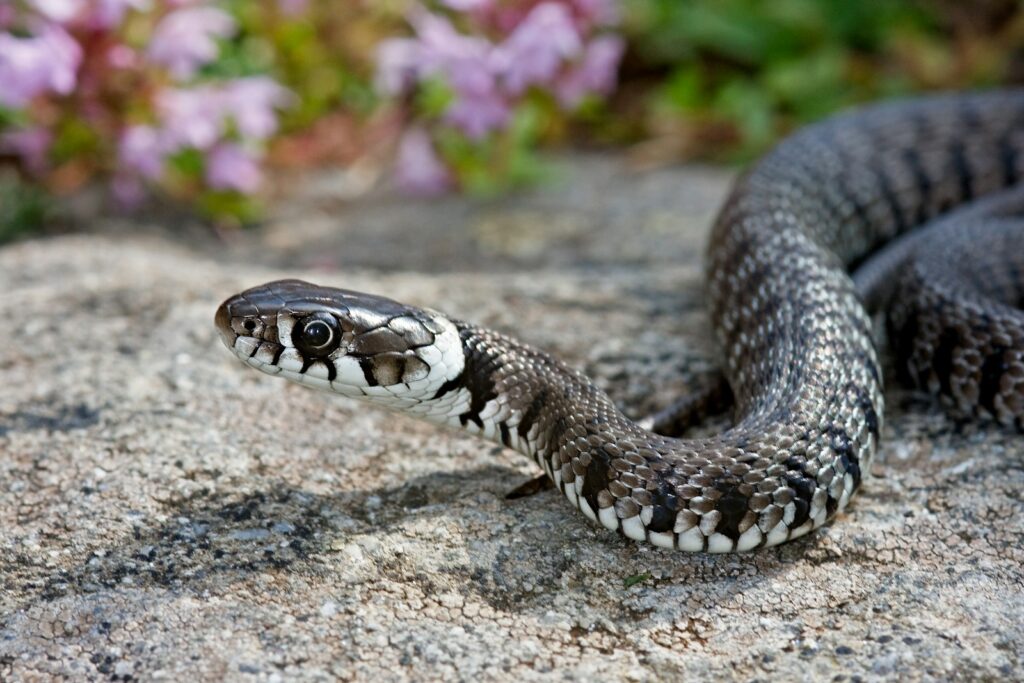
Color change in maturing snakes can also serve important thermoregulatory functions, helping these cold-blooded reptiles maintain optimal body temperatures. Darker coloration in adults allows for more efficient heat absorption, which becomes increasingly important as snakes grow larger and require more energy. Juveniles, with their smaller body mass and higher surface-area-to-volume ratio, often heat up and cool down more quickly, making their coloration less critical for thermoregulation. Some species, like certain populations of Corn Snakes (Pantherophis guttatus), shift from lighter juvenile colors to darker adult patterns, particularly in cooler parts of their range. This adaptation allows adult snakes to warm up more quickly in the morning and extend their active periods, providing more time for hunting and other essential activities.
Sexual Dimorphism and Breeding Success
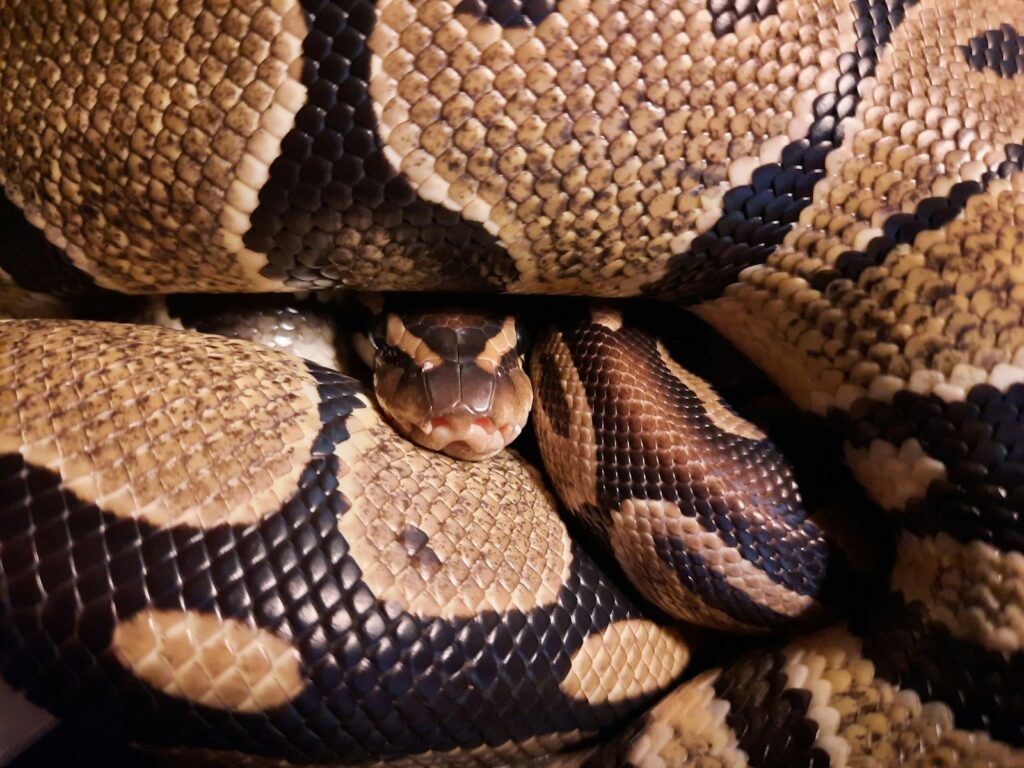
In many snake species, color changes that occur during maturation are more pronounced in one sex than the other, creating sexual dimorphism that plays important roles in breeding success. Males of some species develop more vibrant colors or distinctive patterns as they reach sexual maturity, serving as signals of genetic fitness to potential mates. The Common Kingsnake (Lampropeltis getula) often shows greater color intensity in mature males compared to females, particularly during breeding season. These sex-specific color developments are typically triggered by hormonal changes associated with sexual maturation and can influence mate selection processes. Such dimorphic color changes highlight how ontogenetic color transformation can serve reproductive functions beyond simple survival advantages.
The Pacific Tree Boa’s Extreme Makeover
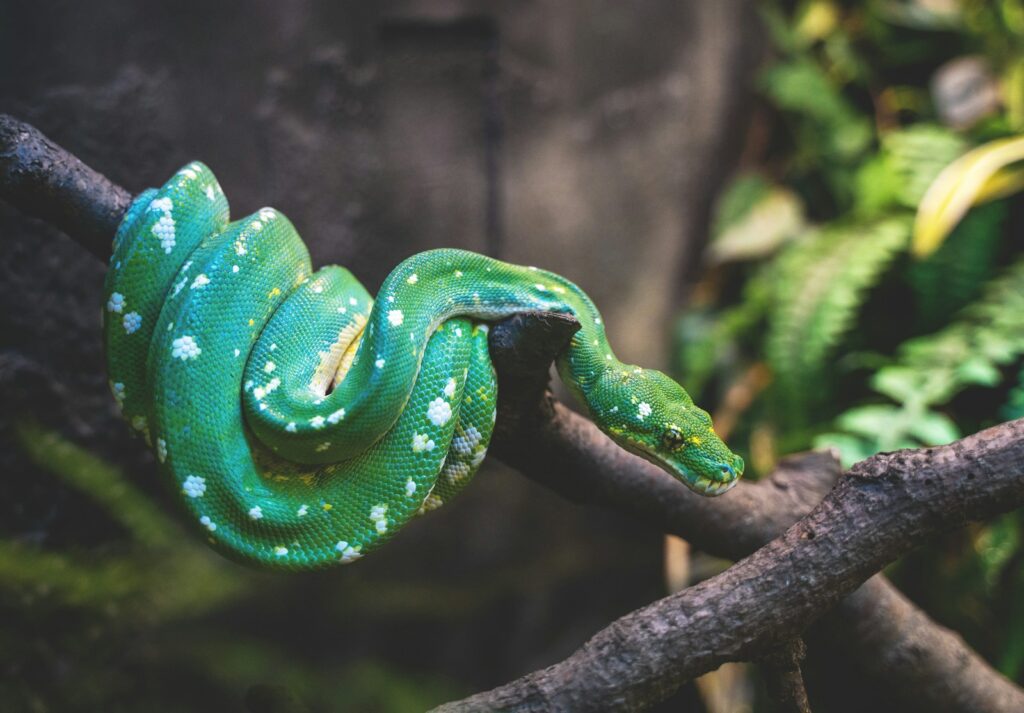
Few species demonstrate more dramatic ontogenetic color change than the Pacific Tree Boa (Candoia bibroni), native to various Pacific islands. Juveniles of this species typically display a striking orange or bright red coloration that bears no resemblance to their adult counterparts. As they mature, these vibrant hues gradually transform into a mottled brown, gray, or black pattern that provides excellent camouflage among tree branches and trunks. This complete color renovation happens progressively over the first two to three years of life, with intermediate stages showing fascinating patchworks of juvenile and adult coloration. The ecological purpose behind such extreme transformation remains somewhat mysterious, though it likely involves a combination of mimicry, camouflage, and adaptation to different microhabitats throughout development.
Genetic Factors Influencing Color Transformation

The timing and extent of ontogenetic color change in snakes is largely determined by genetic factors that vary both between and within species. Different populations of the same snake species often display variations in their color transformation processes, reflecting local adaptations to specific environmental conditions. The Western Hognose Snake (Heterodon nasicus) shows significant regional variation in how dramatically juveniles differ from adults, with some populations exhibiting minimal change while others transform considerably. Controlled breeding experiments have demonstrated that these color transformation traits are heritable, suggesting they are under strong genetic control. Studies of captive-bred snakes from different lineages confirm that even when raised in identical conditions, individuals follow the color transformation patterns typical of their genetic heritage.
Environmental Influences on Color Development

While genetics establish the blueprint for a snake’s color transformation, environmental factors can significantly influence how this process unfolds. Diet quality, temperature during development, and stress levels can all affect the timing and intensity of color changes as snakes mature. Snakes raised in captivity under optimal conditions often complete their color transformations more quickly than their wild counterparts, demonstrating the impact of consistent nutrition and ideal temperatures. In some species, like certain Kingsnakes, exposure to cooler temperatures during development can lead to darker adult coloration with reduced pattern definition. These environmental influences highlight the plastic nature of color development in snakes, allowing populations to adapt to local conditions across generations without genetic changes.
Exceptions to the Rule: Snakes That Don’t Change
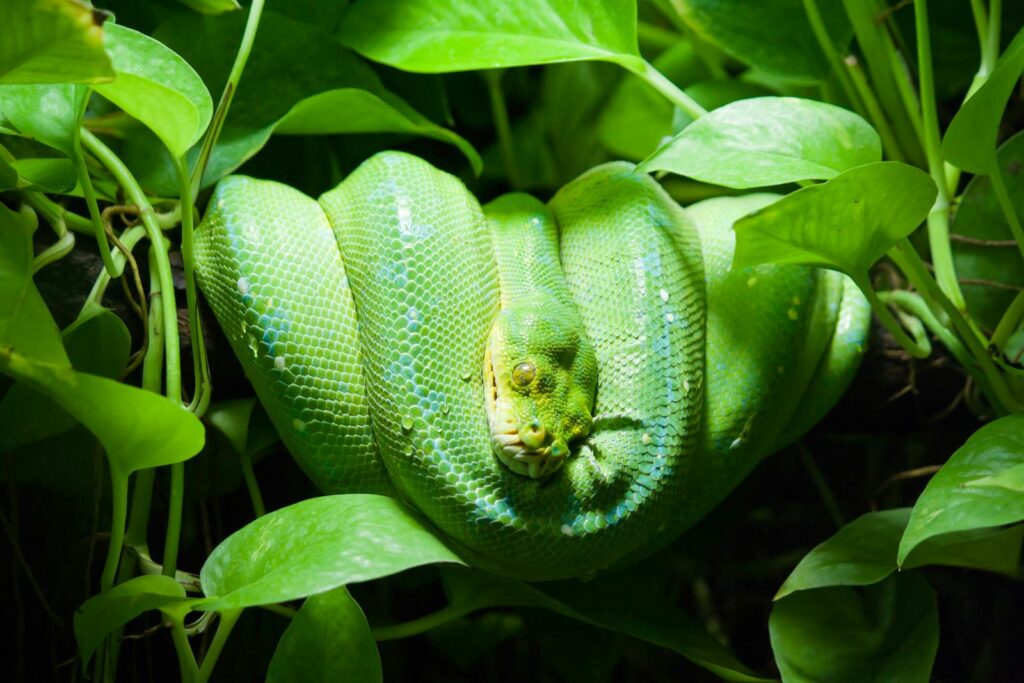
Not all non-venomous snakes undergo significant color changes as they mature, and understanding these exceptions provides valuable context for appreciating the phenomenon. Species like the Ball Python (Python regius) maintain relatively consistent patterns and colors throughout their lives, with adults looking essentially like larger versions of juveniles. These color-stable species typically have effective camouflage patterns that work equally well throughout all life stages, eliminating the evolutionary pressure for ontogenetic color change. Many of these non-changing species occupy consistent habitats throughout their lives or have developed other defense mechanisms that reduce reliance on coloration for survival. Looking at these exceptions helps scientists understand the specific ecological pressures that drive color changes in other species.
Conservation Implications of Color Changes
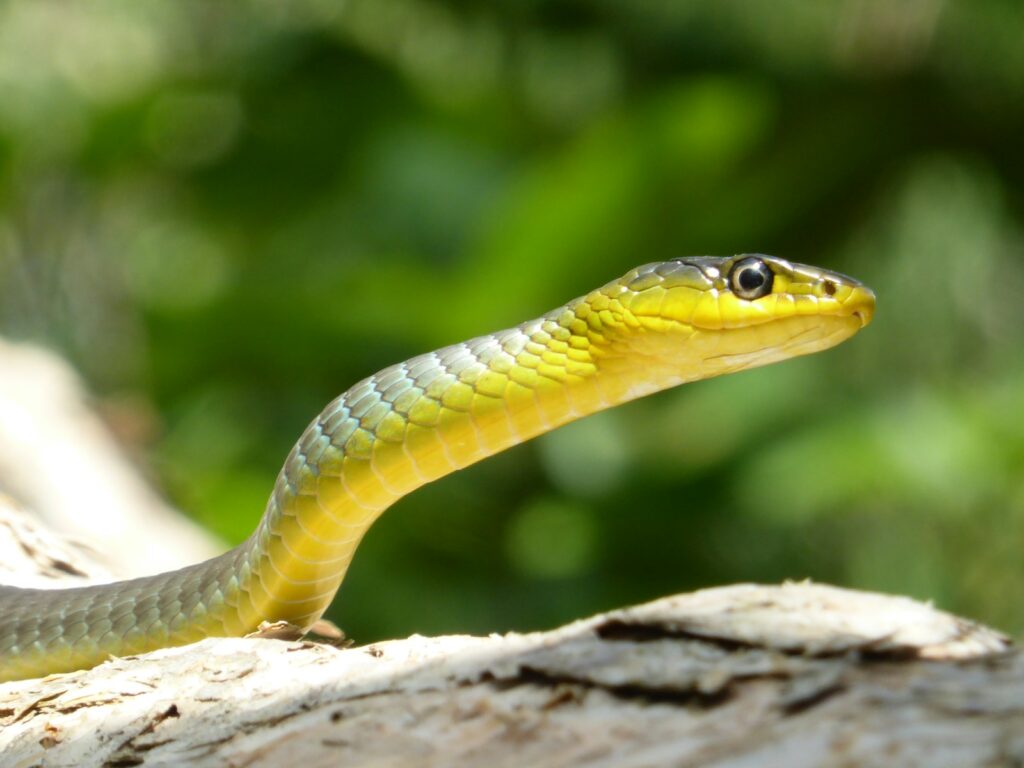
Understanding ontogenetic color change has important implications for snake conservation efforts worldwide. Species identification is critical for conservation management, but dramatically different juvenile and adult forms can lead to confusion in population surveys and protection planning. Color-changing species may require age-specific detection methods during wildlife surveys, as juveniles and adults might be effectively camouflaged in different habitats. Additionally, some rare snake species are threatened by collection for the pet trade specifically because of their attractive juvenile coloration, creating higher pressure on wild populations. Conservation programs increasingly incorporate education about these natural color transformations to ensure both scientists and the public can properly identify protected species at all life stages.
Captive Breeding and Color Change Documentation
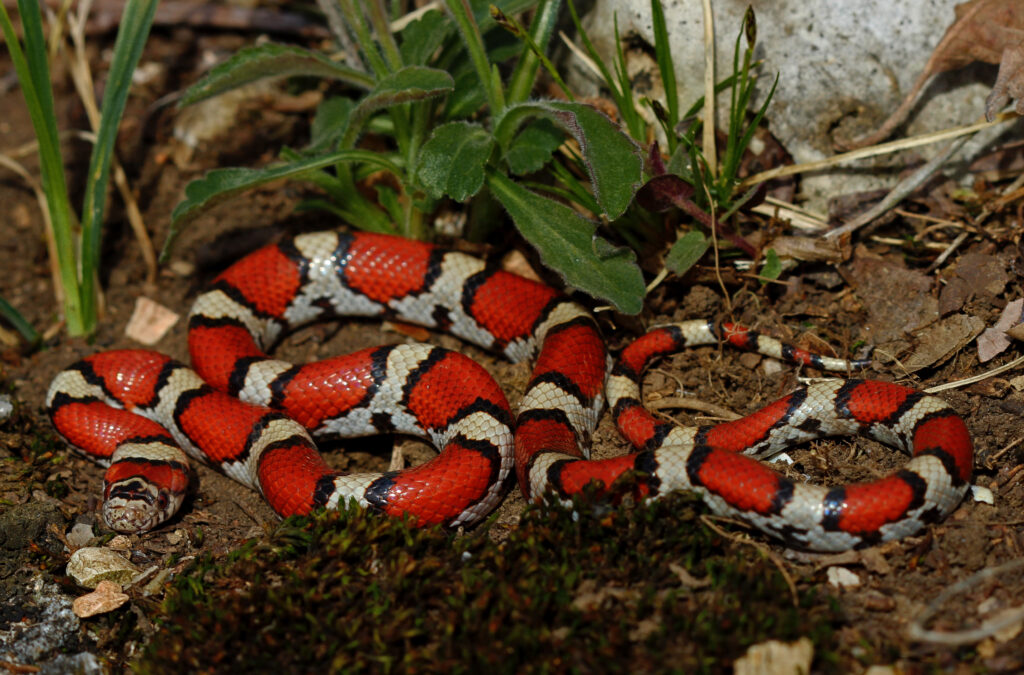
The controlled environment of captive breeding programs has provided unprecedented opportunities to document and study color changes in non-venomous snakes. Breeders and researchers maintain detailed photographic records of individual snakes from hatching through adulthood, creating valuable visual timelines of these transformations. These records have revealed that nutrition, temperature, and other husbandry factors can influence the timing and sometimes even the intensity of color changes. Selective breeding in captivity has also produced color morphs with altered ontogenetic color change patterns, sometimes maintaining juvenile coloration into adulthood through genetic manipulation. These captive studies complement field research and provide insights that would be nearly impossible to gather from wild populations alone.
The phenomenon of color change in aging non-venomous snakes represents a fascinating intersection of evolution, ecology, and adaptation. From the dramatic transformations of tree boas to the subtle shifts in rat snakes, these changes reflect millions of years of fine-tuning to meet the changing needs of snakes throughout their development. The variety of purposes these color changes serve—from predator avoidance and camouflage to thermal regulation and reproductive success—demonstrates the remarkable complexity of snake biology. As researchers continue to study these transformations using modern genetic and imaging techniques, we gain deeper insights not just into snake biology, but into the broader principles of how animals adapt to their environments across different life stages. These color-changing serpents remind us that nature’s adaptations are often far more dynamic and sophisticated than they first appear.

